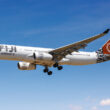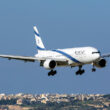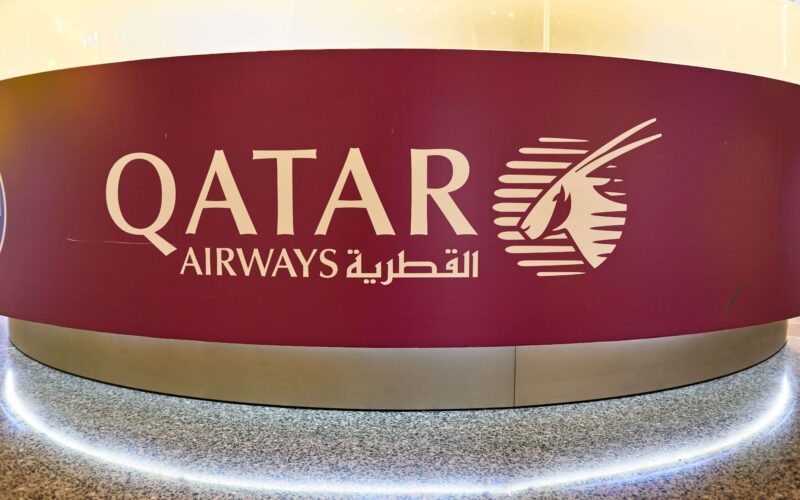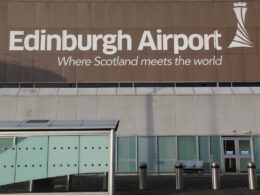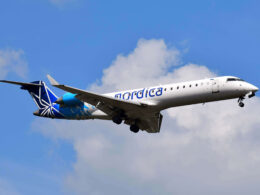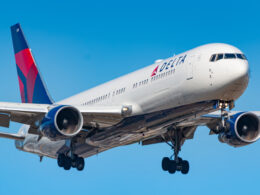Qatar Airways has posted its financial results for FY2019. While the press release stated that the report highlights “the airline group’s success and underlying robust financial health”, the bottom line of the financial report points otherwise. The imposed blockade, losses from investments in various joint ventures and rising fuel costs have contributed to a net loss for the exuberant Middle East carrier.
In total, the losses for the fiscal year amount to $639 million (QAR2.3 billion), with operating revenues amounting to $13.1 billion (QAR48 billion), while expenses measured $13.7 billion (QAR50 billion) in Qatar Airways’ financial books. Fuel costs were by far the biggest expense for the airline, as the gas bill increased by $1.3 billion, from $3.6 billion (QAR13.3 billion) in 2018 to $4.9 billion (QAR18.1 billion) in 2019. The Air Italy joint venture has cost the Qatar Airways group $73 million (QAR265.5 million) in losses, as the Italian airline is expanding its presence in the industry.
Furthermore, the Qatari carrier acquired a 5% stake in China Southern. While the total sum is not disclosed, Qatar Airways has stated in its financial report that the sum of money spent on “investment securities” is equal to $592.7 million (QAR2.1 billion), hinting at a possible fee for the transaction. The airline confirmed the acquisition on January 2, 2019. But investing in foreign airlines is not the only way Qatar Airways has tried to steer their flight away from difficulties.
Facing adversity
In FY2019, Qatar Airways found itself facing unfavorable market conditions, as the airline is subject to the imposed blockade by its neighboring countries. The blockade involves restrictions of using airspace around the Middle East for Qatar-registered companies, completely isolating the country by land and by sea.
On the bright side, it allowed Qatar Airways to further grow its Cargo division, as the cargo services’ revenue grew from $2.3 billion (QAR8.6 billion) in 2018 to $2.7 billion (QAR10 billion) in 2019. But the obvious negative is that Qatar Airways has to heavily modify some of the flight routes, in addition to losing 18 destinations in its network.
A clear example is the difference between flight QR1463 from Doha (DOH) to Marrakesh (RAK) and flight EK751, operated by Emirates, from Dubai (DXB) to Casablanca (CMN). The difference is illustrated in the picture below:

Qatar Airways have to divert north through Kuwait, Iraq, Syria and Lebanon, while Emirates can take the more direct path through Saudi Arabia and Egypt, allowing the latter to save a significant amount of fuel. Since the blockade, Qatar Airways added 24 new destinations, 11 of which were inaugurated in FY2019.
While the airline is in denial about its losses, saying that the blockade had an “opposite“ effect on Qatar Airways and the carrier continues “to grow in the number of destinations we serve, aircraft we fly and people we employ“, a number of destinations “in West and Central Africa and South America” were canceled, which restricted “vital connectivity” between the regions.
Qatar Airways has also been very active in politics, as the country negotiated an open skies agreement with the European Union, held “technical meetings and discussions with U.S. Officials” and Qatar Airways Group CEO, Akbar Al Baker was present at various conferences in India and Africa, two emerging markets in the industry.
Most importantly, the airline organized an aviation summit in Doha, which resulted in the Doha Declaration – a “Manifesto for Liberalisation, Market Access, Sustainability and Engagement”. It is clear that the airline, together with the Qatari government have answered politics with politics in order to survive the blockade. However, if it were to continue, the flag carrier of Qatar would have to flex its flexibility muscles, as growing operational costs and dwindling cash reserves will force the airline to look for even more alternative points of income to counteract the effects of the blockade.


